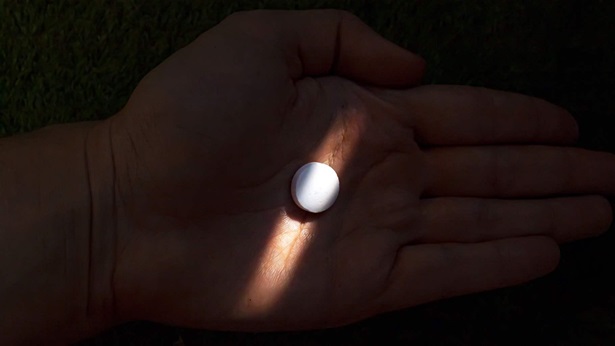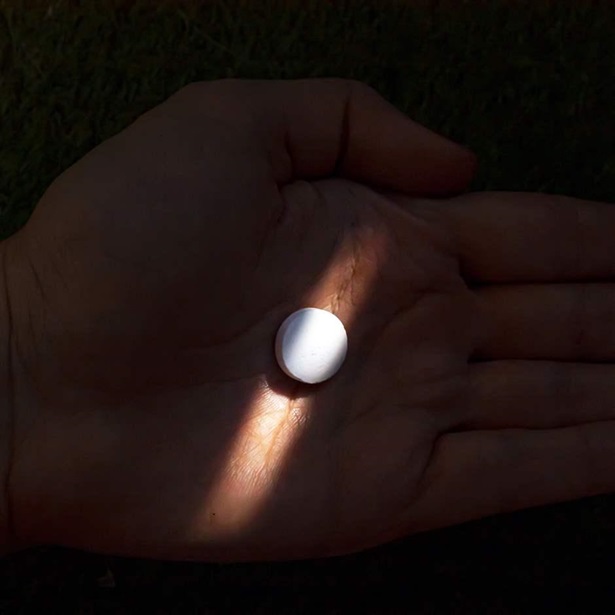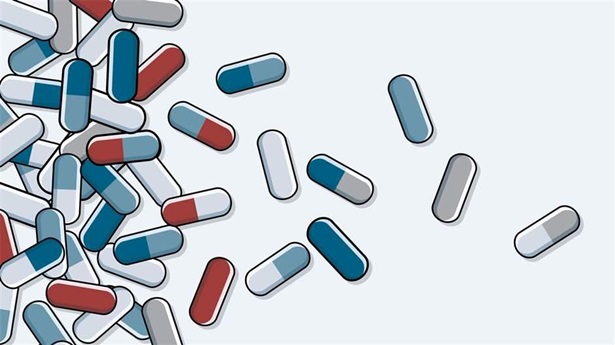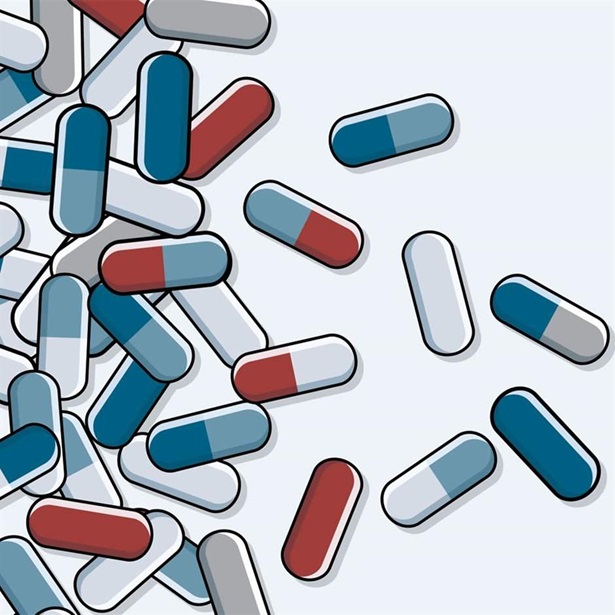Telehealth Can Lower Barriers to Buprenorphine Treatment for Opioid Use Disorder
Emergency medicine physician discusses the value of making telehealth a permanent part of addiction medicine
FDA-approved medications, which include buprenorphine, are considered the gold standard of treatment for opioid use disorder (OUD). Yet just 1 in 9 people with OUD receive these medications, which are highly regulated by the federal government.
After the COVID-19 pandemic began, the Drug Enforcement Administration (DEA) and Substance Abuse and Mental Health Services Administration relaxed regulations to allow health care providers to prescribe buprenorphine to patients over the phone or through an audio-visual connection without first requiring an in-person appointment.
Dr. Elizabeth Samuels, an emergency medicine physician and assistant professor at Alpert Medical School of Brown University, has seen the positive impact of these regulatory relaxations on patient access to care through her work with Rhode Island’s Buprenorphine Hotline. This 24-hour phone service, which launched in April 2020, allows her to connect to people with OUD and prescribe buprenorphine without conducting an in-person examination. She’s also a founding member of the Buprenorphine Telehealth Consortium, a group of leading health professionals urging lawmakers to codify these COVID-era telehealth measures.
This interview has been edited for length and clarity.
Q: What barriers do patients with OUD face in accessing buprenorphine?
A: Buprenorphine can only be prescribed by health care providers who obtain a special license from the DEA, commonly known as an X-waiver. Due to many factors, about 40% of counties nationwide don’t have a single licensed buprenorphine prescriber.
And when we look at racial inequities, Black patients are significantly less likely to have access or be linked to a buprenorphine provider than White patients are, depending on where they live. There are also racial inequities in referral to medication for OUD independent of geographic location.
Something much more insidious and difficult to address is stigma. For people with OUD, this can be internalized stigma, as well as bias and discrimination they encounter in health care settings. There’s also stigma around medications for OUD: misconceptions that using these medications could mean replacing one drug with another, as opposed to understanding the use of OUD medications as evidence-based treatment reducing risk of both overdose and death.
Q: How have COVID-era telehealth policy changes affected buprenorphine access?
A: Before the pandemic began, someone with OUD was required to have an in-person visit with a buprenorphine prescriber before initiating treatment. Then, early in the pandemic, temporary policy changes on the federal level allowed the use of both audio-only and audio-visual telehealth for buprenorphine prescribing—providing access to care where it was previously not available. I think that’s really meaningful, particularly in low-income communities, communities that lack access to treatment, or places that are generally, systematically marginalized in health care delivery systems.
Q: Are these new flexibilities making a difference?
A: I think these flexibilities have made a huge difference in improving treatment access and lowering barriers to treatment initiation. We have seen good treatment follow-up among people started on buprenorphine on the hotline and have been able to link people to maintenance treatment. Over 90% of the people we spoke to within the first 10 months of establishing the hotline (from April 2020 to February 2021) filled the prescription that was written for them. And among people who filled their initial prescription, over 70% filled a subsequent prescription from a follow-up visit within 30 days. I think a lot of that success is that we’ve met people where they are, on their own terms.
I think deaths this last year would have been even higher if these new flexibilities had not been in place. With COVID-19, the types of social stressors and strain people endured are very complex. So, while telehealth has improved treatment access and decreased barriers to care, a lot of people with OUD have lost jobs, lost housing, or lost loved ones, all significant stressors, which can lead to resumed use. These stressors, along with increased potency of the drug supply, have fueled overdose deaths.
With that said, I do think these new models of care delivery present important opportunities to reduce barriers to OUD treatment and address inequities in treatment access.
Q: With new opportunities, of course, there are often new challenges.
A: Yes. For audio-visual telehealth to work, a person with OUD needs some form of reliable internet access—which millions of people in the U.S., particularly low-income individuals, don’t have. There are also issues with interruptions because the technology is imperfect.
Q: So what do people do if they don’t have the capability to use audio-visual telehealth?
A: People have several options for how they can receive buprenorphine treatment. They can receive in-person treatment at an opioid treatment program or physician office. They can also go to an emergency department for treatment of withdrawal or to be started on and linked to maintenance treatment. In Rhode Island, the Buprenorphine Hotline offers 24/7 telephone, audio-only assessments and treatment for opioid withdrawal and OUD. This has allowed people to reach care when they are ready to access it.
Q: Critics of telehealth have suggested that a lack of in-person interaction between people with OUD and buprenorphine providers may lead to diversion of the medication to people who would use it without a prescription. Is this concern valid?
A: We have guardrails in place to reduce diversion, and those are still in effect with use of audio-only telehealth. All my prescriptions are electronic; I am required to check the prescription drug monitoring program for every patient; and people still have to go to the pharmacy to pick up the medication.
Q: Are there any anecdotes from your hotline work that underscore the importance of telehealth in addiction treatment?
A: In a related initiative, we were calling people who had been seen in the emergency department for opioid overdose to offer them harm reduction resources and connect them to the Buprenorphine Hotline. One patient reached said they had been about to leave to buy opioids. They had been scared to go to the clinics because of COVID but felt like this call—reaching them in their home—had saved their life. I was particularly moved by that.
Q: What are your hopes for the future expansion of telehealth in addiction care?
A: It’s really important to expand telehealth in a way that promotes health equity. We see inequities in terms of addiction treatment access among low-income, Black, Native American, and rural communities, and these populations are less likely to use video-based services or have access to broadband than people in other communities and settings. Policymakers must take these populations into account when implementing telehealth expansion. Otherwise, we’re going to end up further entrenching, or even widening, inequities, providing more services to people who already have improved access—not to those who need it most.














